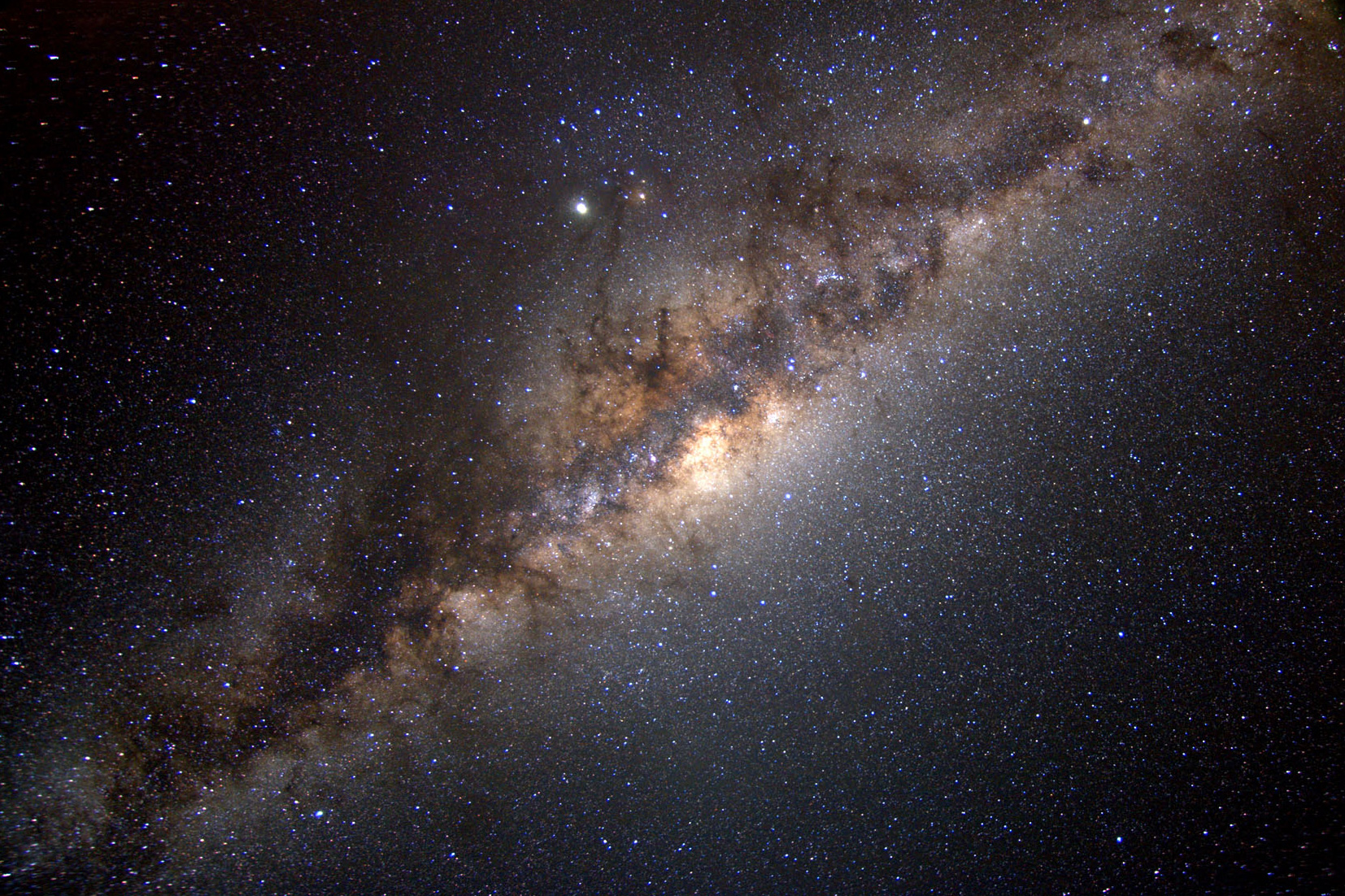m.universetoday.com
m.universetoday.com is a news platform focused on space and science news. It features articles from various authors and offers an interactive experience for users to follow profiles, hashtags, favorite, share and reply to posts. The site allows users to log in from their accounts on different servers.
90%
The Daily's Verdict
This news site is known for its high journalistic standards. It strives to maintain neutrality and transparency in its reporting, and avoids conflicts of interest. It has a reputation for accuracy and rarely gets contradicted on major discrepancies in its reporting.
Bias
100%
Examples:
No current examples available.
Conflicts of Interest
100%
Examples:
No current examples available.
Contradictions
100%
Examples:
No current examples available.
Deceptions
100%
Examples:
No current examples available.
Recent Articles

New High-Resolution Images of Europa's Platypus Region Reveal Potential Targets for Future Missions
Broke On: Thursday, 29 September 2022